Non-Newtonian Pressure-Governed Rivulet Flows on Inclined Surface
Abstract
:1. Introduction, the Basic Model
2. Semi-Analytical Solving Procedure for Approximation of Creeping Flow
3. Discussion
- 1.
- A simple case of hydrostatic pressure p depending on height (x sinα) in the separate sufficiently thin layer of rivulet flow (i.e., p = ρg(x sinα) for the plane-parallel rivulet), which corresponds via (7) to the level of flow plasticity τs = τs (t) (τs ≠ 0);
- 2.
- Solutions (11) satisfying (7) and (10):
- 3.
- Solutions with additional demand, still satisfying (7), but with constant Bernoulli-function B (which can be associated with the constant hydrodynamical head of rivulet flow) where Bernoulli-function B is given by the expression below:
4. Conclusions
5. Remarks (with Highlights)
- Semi-analytical ansatz is developed for modeling viscoplastic rivulet flows.
- The 2D creeping approximation for rivulet flow on inclined surface is considered.
- An analytical model is suggested for solving equations of momentum and continuity.
- A non-stationary solution to the system of PDEs for rivulet flow dynamics is obtained.
- Profiles of flow velocity have been considered to be Gaussian-like solutions.
- A non-zero critical maximal level of stress τs in the shared layer of rivulet flow is chosen.
- Pressure field p is correlated with critical maximal non-zero level of stress τs.
- Solutions satisfy gravity-driven rivulet flow, driven also by constant surface tension.
Author Contributions
Funding
Data Availability Statement
Acknowledgments
Conflicts of Interest
References
- Sinz, D.K.N.; Hanyak, M.; Zeegers, J.; Darhuber, A.A. Insoluble surfactant spreading along thin liquid films confined by chemical surface patterns. Phys. Chem. Chem. Phys. 2011, 13, 9768–9777. [Google Scholar] [CrossRef]
- Darhuber, A.A.; Chen, J.Z.; Davis, J.M.; Troian, S.M. A Study of Mixing in Thermocapillary Flows on Micropatterned Surfaces, in Transport and Mixing at the Microscale. Phil. Trans. R. Soc. Lond. A 2004, 362, 1037–1058. [Google Scholar] [CrossRef]
- Fraysse, N.; Homsy, G. An experimental study of rivulet instabilities in centrifugal spin coating of viscous Newtonian and non-Newtonian fluids. Phys. Fluids 1994, 6, 1491–1504. [Google Scholar] [CrossRef]
- Kabov, O.A. Heat transfer from a small heater to a falling liquid film. Heat Transf. Res. 1996, 27, 221–226. [Google Scholar]
- Kabov, O.A.; Chinnov, E.A. Heat transfer from a local heat source to a subcooled falling liquid film evaporating in a vapor-gas medium. Russ. J. Engng Thermophys. 1997, 7, 1–34. [Google Scholar]
- Slade, D.; Veremieiev, S.; Lee, Y.C.; Gaskell, P.H. Gravity-driven thin film flow: The influence of topography and surface tension gradient on rivulet formation. Chem. Eng. Process. 2013, 68, 7–12. [Google Scholar] [CrossRef]
- Scheid, B.; Oron, A.; Colinet, P.; Thiele, U.; Legros, J.C. Nonlinear evolution of nonuniformly heated falling liquid films. Phys. Fluids 2002, 14, 4130–4151. [Google Scholar] [CrossRef]
- Cho, H.; Chou, F. Rivulet Instability with Effect of Coriolis Force. J. Mech. 2006, 22, 221–227. [Google Scholar] [CrossRef]
- Brun, K.; Kurz, R. Analysis of Secondary Flows in Centrifugal Impellers. Int. J. Rotating Mach. 2005, 2005, 45–52. [Google Scholar] [CrossRef]
- Kalliadasis, S.; Kiyashko, A.; Demekhin, E.A. Marangoni instability of a thin liquid film heated from below by a local heat source. J. Fluid Mech. 2003, 475, 377–408. [Google Scholar] [CrossRef]
- Hooke, R.L. Principles of Glacier Mechanics, 2nd ed.; Cambridge University Press: Cambridge, UK; New York, NY, USA, 2005. [Google Scholar]
- Paterson, W.S.B. The Physics of Glaciers, 3rd ed.; Pergamon Press: Oxford, UK, 1994. [Google Scholar]
- Wu, Z.; Zhang, H.; Liu, S.; Ren, D.; Bai, X.; Xun, Z.; Ma, Z. Fluctuation analysis in the dynamic characteristics of continental glacier based on Full-Stokes model. Sci. Rep. 2019, 9, 20245. [Google Scholar] [CrossRef]
- Slade, D.R.J. Gravity-Driven Thin Liquid Films: Rivulets and Flow Dynamics. Ph.D. Thesis, School of Mechanical Engineering, The University of Leeds, Leeds, UK, 2013. Available online: https://core.ac.uk/download/pdf/20343955.pdf (accessed on 10 February 2024).
- Huppert, H.E. Flow and instability of a viscous current down a slope. Nature 1982, 300, 427–429. [Google Scholar] [CrossRef]
- Towell, G.D.; Rothfeld, L.B. Hydrodynamics of rivulet flow. AIChE J. 1966, 12, 972–980. [Google Scholar] [CrossRef]
- Ershkov, S.V.; Prosviryakov, E.Y.; Leshchenko, D. Marangoni-type of nonstationary rivulet-flows on inclined surface. Int. J. Non-Linear Mech. 2022, 147, 104250. [Google Scholar] [CrossRef]
- Klimov, D.M.; Petrov, A.G.; Georgievsky, D.V. Viscous-Plastic Flows: Dynamical Chaos, Stability, and Confusion. Moscow, Science; See There Subsection 2.2.2. 2005, p. 45. Available online: https://urait.ru/viewer/mehanika-sploshnoy-sredy-vyazkoplasticheskie-techeniya-540818 (accessed on 10 February 2024). (In Russian).
- Ershkov, S.V.; Leshchenko, D. Note on semi-analytical nonstationary solution for the rivulet flows of non-Newtonian fluids. Math. Methods Appl. Sci. 2022, 45, 7394–7403. [Google Scholar] [CrossRef]
- Ershkov, S.V.; Leschenko, D.D. Revisiting glacier dynamics for stationary approximation of plane-parallel creeping flow. Math. Model. Eng. Probl. 2021, 8, 721–726. [Google Scholar] [CrossRef]
- Ershkov, S.V. Non-stationary creeping flows for incompressible 3D Navier–Stokes equations. Eur. J. Mech. B/Fluids 2017, 61, 154–159. [Google Scholar] [CrossRef]
- Ershkov, S.V.; Shamin, R.V. On a new type of solving procedure for Laplace tidal equation. Phys. Fluids 2018, 30, 127107. [Google Scholar] [CrossRef]
- Ershkov, S.V.; Shamin, R.V. A Riccati-type solution of 3D Euler equations for incompressible flow. J. King Saud Univ. Sci. 2020, 32, 125–130. [Google Scholar] [CrossRef]
- Ershkov, S.V.; Christianto, V.; Shamin, R.V.; Giniyatullin, A.R. About analytical ansatz to the solving procedure for Kelvin-Kirchhoff equations. Eur. J. Mech. B/Fluids 2020, 79, 87–91. [Google Scholar] [CrossRef]
- Petrovskii, I.G. Partial Differential Equations; W. B. Saunders Co.: Philadelphia, PA, USA, 1967. [Google Scholar]
- Farina, A.; Fusi, L.; Mikelić, A.; Saccomandi, G.; Sequeira, A.; Toro, E.F. Non-Newtonian Fluid Mechanics and Complex Flows; Farina, A., Mikelić, A., Rosso, F., Eds.; Springer International Publishing: Cham, Switzerland, 2018; 300p. [Google Scholar]
- Baranovskii, E.S. Optimal boundary control of nonlinear-viscous fluid flows. Sb. Math. 2020, 211, 505–520. [Google Scholar] [CrossRef]
- Baranovskii, E.S.; Artemov, M.A. Model for Aqueous Polymer Solutions with Damping Term: Solvability and Vanishing Relaxation Limit. Polymers 2022, 14, 3789. [Google Scholar] [CrossRef] [PubMed]
- Astarita, G.; Marucci, G. Principles of Non-Newtonian Fluid Hydromchanics; McGraw Hill: Maidenhead, UK, 1974. [Google Scholar]
- Pavlovskii, V.A. On the theoretical description of weak water solutions of polymers. Dokl. Akad. Nauk SSSR 1971, 200, 809–812. [Google Scholar]
- Burmistrova, O.A.; Meleshko, S.V.; Pukhnachev, V.V. Exact solutions of boundary layer equations in polymer solutions. Symmetry 2021, 13, 2101. [Google Scholar] [CrossRef]
- Ladyzhenskaya, O.A. On the global unique solvability of some two-dimensional problems for the water solutions of polymers. J. Math. Sci. 2000, 99, 888–897. [Google Scholar] [CrossRef]
- Baranovskii, E.S. Global solutions for a model of polymeric flows with wall slip. Math. Methods Appl. Sci. 2017, 40, 5035–5043. [Google Scholar] [CrossRef]
- Baranovskii, E.S.; Artemov, M.A. Optimal control for a nonlocal model of non-Newtonian fluid flows. Mathematics 2021, 9, 275. [Google Scholar] [CrossRef]
- Baranovskii, E.S. Feedback optimal control problem for a network model of viscous fluid flows. Math. Notes 2022, 112, 26–39. [Google Scholar] [CrossRef]
- Baranovskii, E.S. Flows of a polymer fluid in domain with impermeable boundaries. Comput. Math. Math. Phys. 2014, 54, 1589–1596. [Google Scholar] [CrossRef]
- Baranovskii, E.S. An optimal boundary control problem for the motion equations of polymer solutions. Sib. Adv. Math. 2014, 24, 159–168. [Google Scholar] [CrossRef]
- Wilson, S.K.; Duffy, B.R.; Ross, A.B. On the gravity-driven draining of a rivulet of viscoplastic material down a slowly varying substrate. Phys. Fluids 2002, 14, 555–571. [Google Scholar] [CrossRef]
- Wilson, S.K.; Duffy, B.R.; Hunt, R. A slender rivulet of a power-law fluid driven by either gravity or a constant shear stress at the free surface. Q. J. Mech. Appl. Math. 2002, 55, 385–408. [Google Scholar] [CrossRef]
- Yatim, Y.M.; Wilson, S.K.; Duffy, B.R. Unsteady gravity-driven slender rivulets of a power-law fluid. J. Non-Newt. Fluid Mech. 2010, 165, 1423–1430. [Google Scholar] [CrossRef]
- Yatim, Y.M.; Duffy, B.R.; Wilson, S.K.; Hunt, R. Similarity solutions for unsteady gravity-driven slender rivulets. Q. J. Mech. Appl. Math. 2011, 64, 455–480. [Google Scholar] [CrossRef]
- Yatim, Y.M.; Duffy, B.R.; Wilson, S.K. Similarity solutions for unsteady shear-stress-driven flow of Newtonian and power-law fluids: Slender rivulets and dry patches. J. Eng. Math. 2012, 73, 53–69. [Google Scholar] [CrossRef]
- Paterson, C.; Wilson, S.K.; Duffy, B.R. Pinning, de-pinning and re-pinning of a slowly varying rivulet. Eur. J. Mech. B/Fluids 2013, 41, 94–108. [Google Scholar] [CrossRef]
- Al Mukahal, F.H.H.; Duffy, B.R.; Wilson, S.K. A rivulet of a power-law fluid with constant contact angle draining down a slowly varying substrate. Phys. Fluids 2015, 27, 052101. [Google Scholar] [CrossRef]
- Al Mukahal, F.H.H.; Wilson, S.K.; Duffy, B.R. A rivulet of a power-law fluid with constant width draining down a slowly varying substrate. J. Non-Newt. Fluid Mech. 2015, 224, 30–39. [Google Scholar] [CrossRef]
- Al Mukahal, F.H.H.; Duffy, B.R.; Wilson, S.K. Advection and Taylor-Aris dispersion in rivulet flow. Proc. Roy. Soc. A 2017, 473, 20170524. [Google Scholar] [CrossRef] [PubMed]
- Al Mukahal, F.H.H.; Duffy, B.R.; Wilson, S.K. Rivulet flow of generalized Newtonian fluids. Phys. Rev. Fluids 2018, 3, 083302. [Google Scholar] [CrossRef]
- Alshaikhi, A.S.; Wilson, S.K.; Duffy, B.R. Rivulet flow over and through a permeable membrane. Phys. Rev. Fluids 2021, 6, 104003. [Google Scholar] [CrossRef]
- Wang, M.; Zhao, J.; Duan, R. Rivulet formulation in the flow of film down a uniformly heated vertical substrate. Eng. Appl. Comput. Fluid Mech. 2019, 13, 396–416. [Google Scholar] [CrossRef]
- Fedotkin, I.M.; Mel’nichuk, G.A.; Koval’, F.F.; Klimkin, E.V. Hydrodynamics of rivulet flow on a vertical surface. J. Eng. Phys. 1984, 46, 9–14. [Google Scholar] [CrossRef]
- Schmuki, P.; Laso, M. On the stability of rivulet flow. J. Fluid Mech. 1990, 215, 125–143. [Google Scholar] [CrossRef]
- Bentwich, M.; Glasser, D.; Kern, J.; Williams, D. Analysis of rectilinear rivulet flow. AIChE J. 2004, 22, 772–779. [Google Scholar] [CrossRef]
- Myers, T.G.; Liang, H.X.; Wetton, B. The stability and flow of a rivulet driven by interfacial shear and gravity. Int. J. Non-Linear Mech. 2004, 39, 1239–1249. [Google Scholar] [CrossRef]
- Drenckhan, W.; Gatz, S.; Weaire, D. Wave patterns of a rivulet of surfactant solution in a Hele-Shaw cell. Phys. Fluids 2004, 16, 3115–3121. [Google Scholar] [CrossRef]
- Weiland, R.H.; Davis, S.H. Moving contact lines and rivulet instabilities. Part 2. Long waves on flat rivulets. J. Fluid Mech. 2006, 107, 261. [Google Scholar] [CrossRef]
- Young, G.W.; Davis, S.H. Rivulet instabilities. J. Fluid Mech. 2006, 176, 1. [Google Scholar] [CrossRef]
- Doniec, A. Laminar flow of a liquid rivulet down a vertical solid surface. Can. J. Chem. Eng. 2009, 69, 198–202. [Google Scholar] [CrossRef]
- Pukhnachev, V.V. Capillary/Gravity Film Flows on the Surface of a Rotating Cylinder. J. Math. Sci. 2005, 130, 4871–4883. [Google Scholar] [CrossRef]
- Singh, R.K.; Galvin, J.E.; Sun, X. Three-dimensional simulation of rivulet and film flows over an inclined plate: Effects of solvent properties and contact angle. Chem. Eng. Sci. 2016, 142, 244–257. [Google Scholar] [CrossRef]
- Aktershev, S.; Alekseenko, S.; Bobylev, A. Waves in a rivulet falling down an inclined cylinder. AIChE J. 2020, 67, e17002. [Google Scholar] [CrossRef]
- Ershkov, S.V.; Prosviryakov, E.Y.; Artemov, M.A.; Leshchenko, D.D. Non-Stationary Helical Flows for Incompressible Couple Stress Fluid. Mathematics 2023, 11, 4999. [Google Scholar] [CrossRef]
- Korobkov, M.V. Bernoulli law under minimal smoothness assumptions. Dokl. Math. 2011, 83, 107–110. [Google Scholar] [CrossRef]
- Korobkov, M.V.; Pileckas, K.; Russo, R. Solvability in a finite pipe of steady-state Navier–Stokes equations with boundary conditions involving Bernoulli pressure. Calc. Var. 2020, 59, 32. [Google Scholar] [CrossRef]
- Stepanyants, Y.A.; Yakubovich, E.I. The Bernoulli Integral for a Certain Class of Non-Stationary Viscous Vortical Flows of Incompressible Fluid. Stud. Appl. Math. 2015, 135, 295–309. [Google Scholar] [CrossRef]
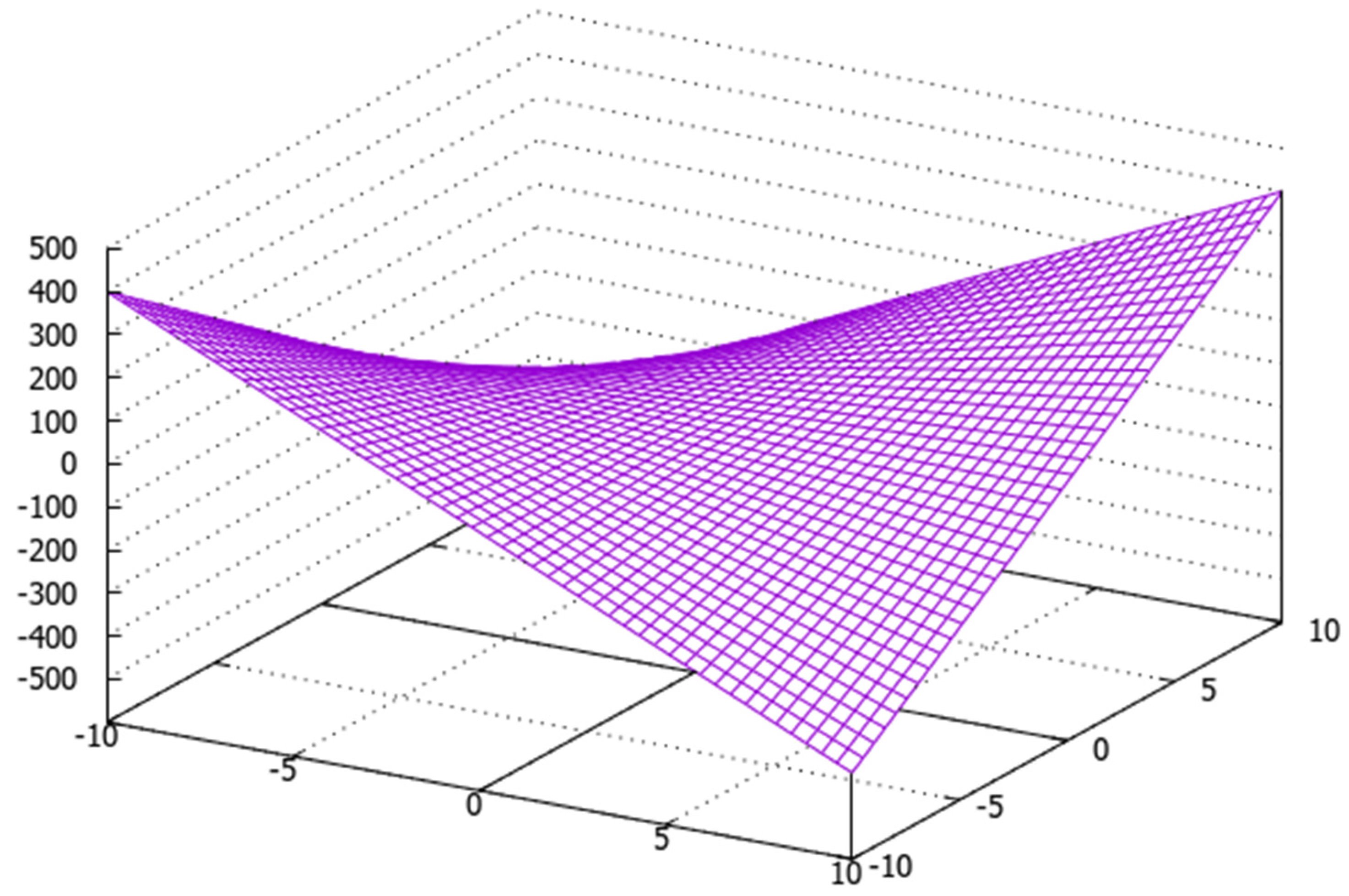

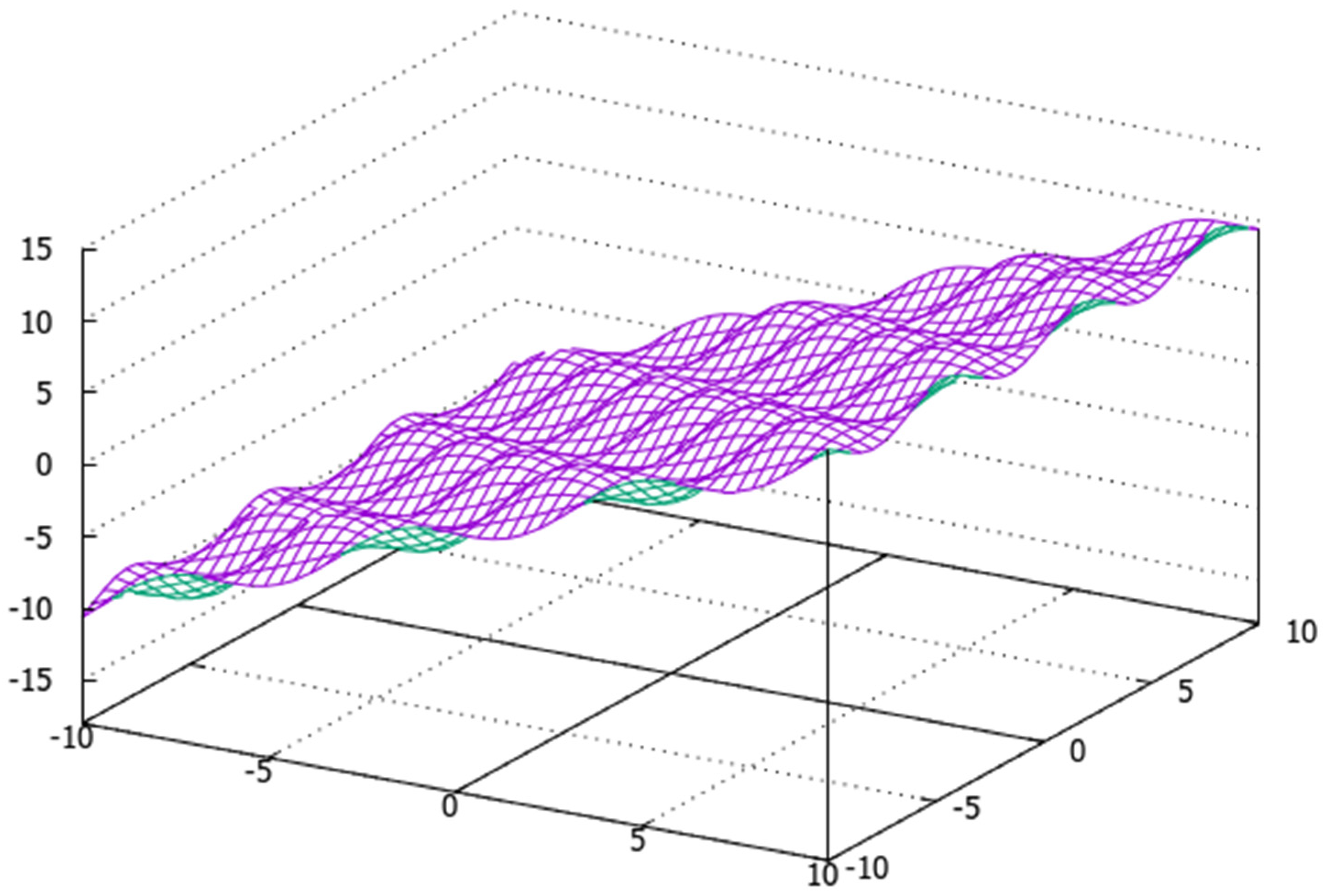
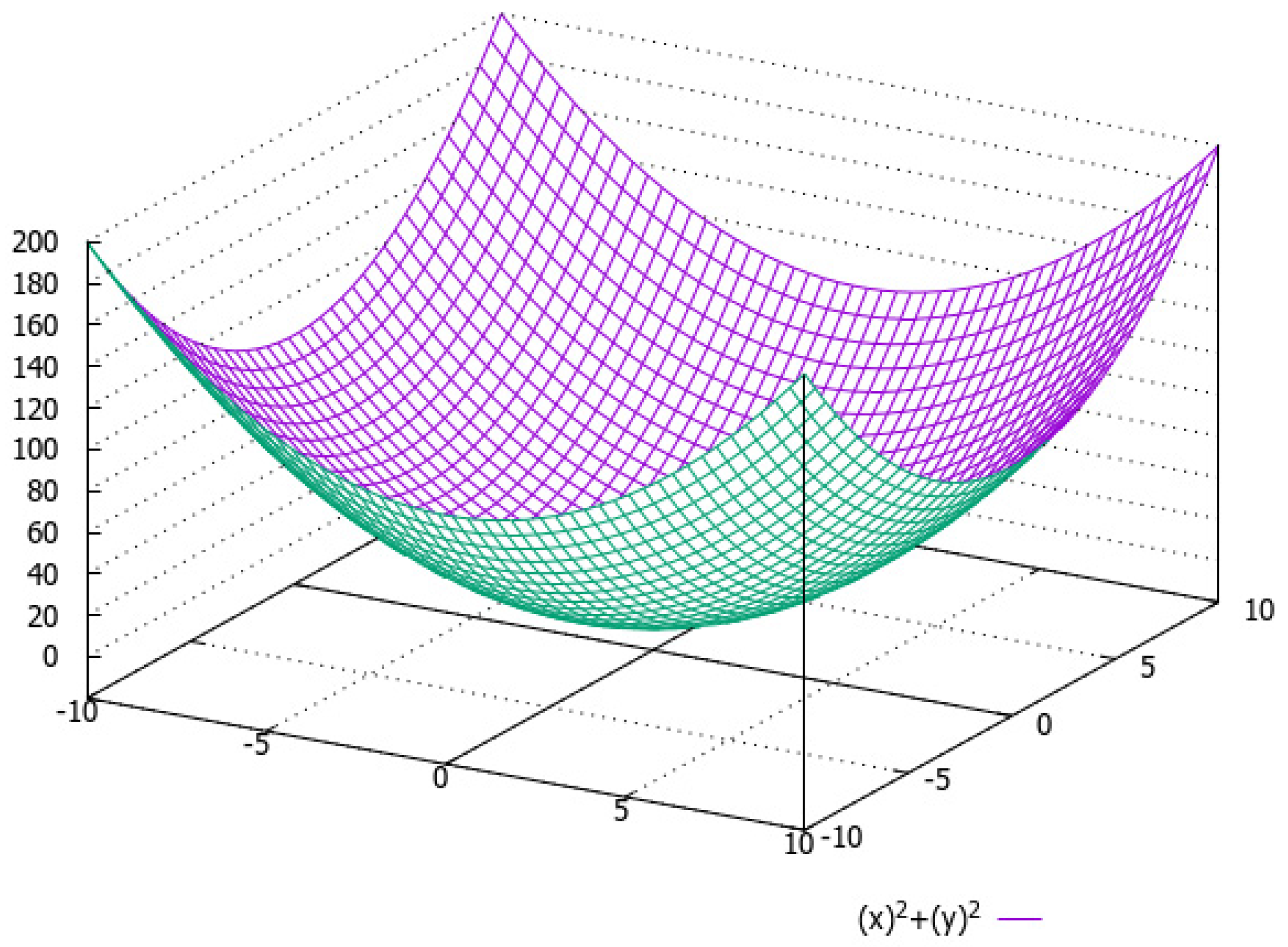
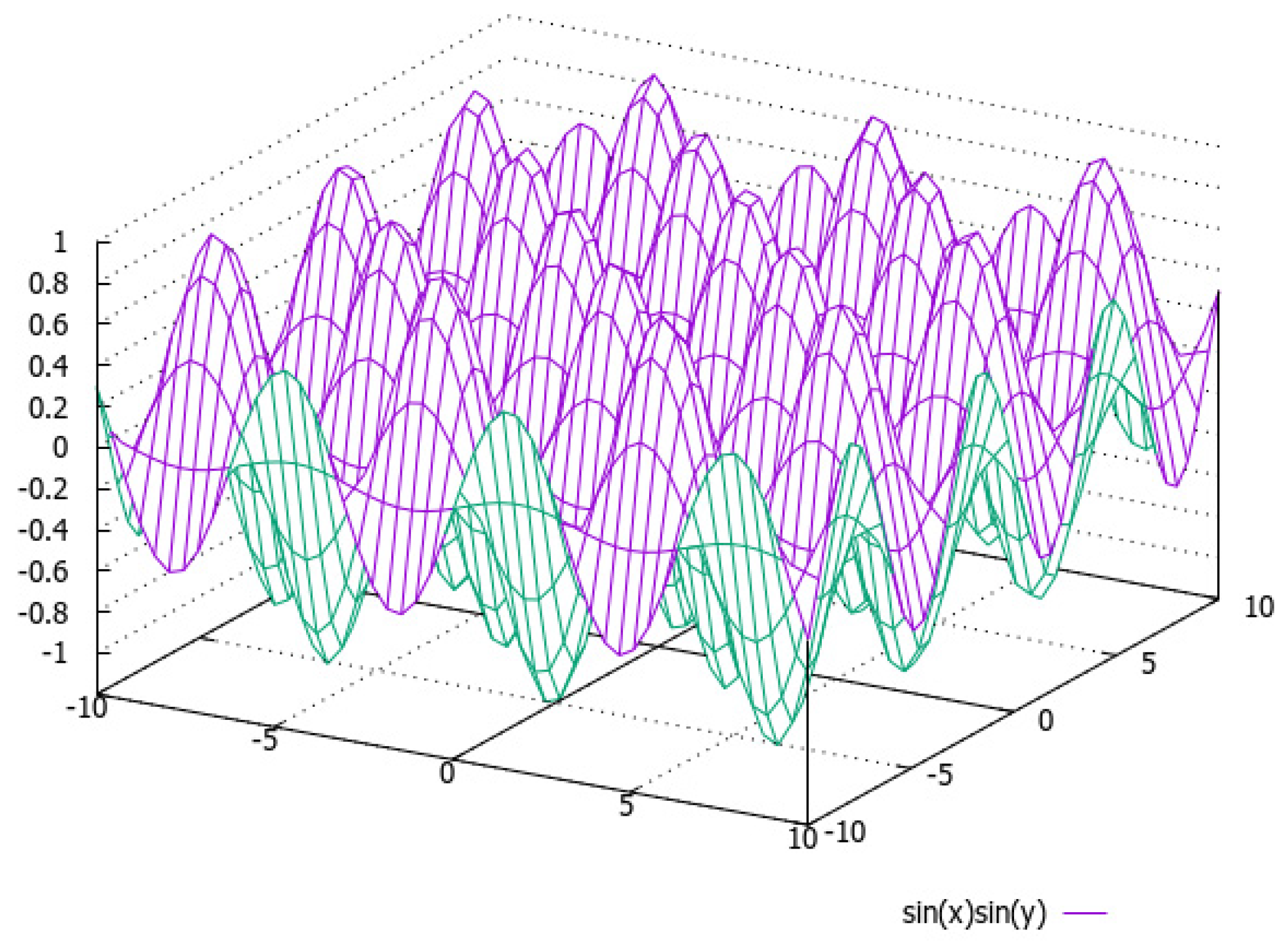
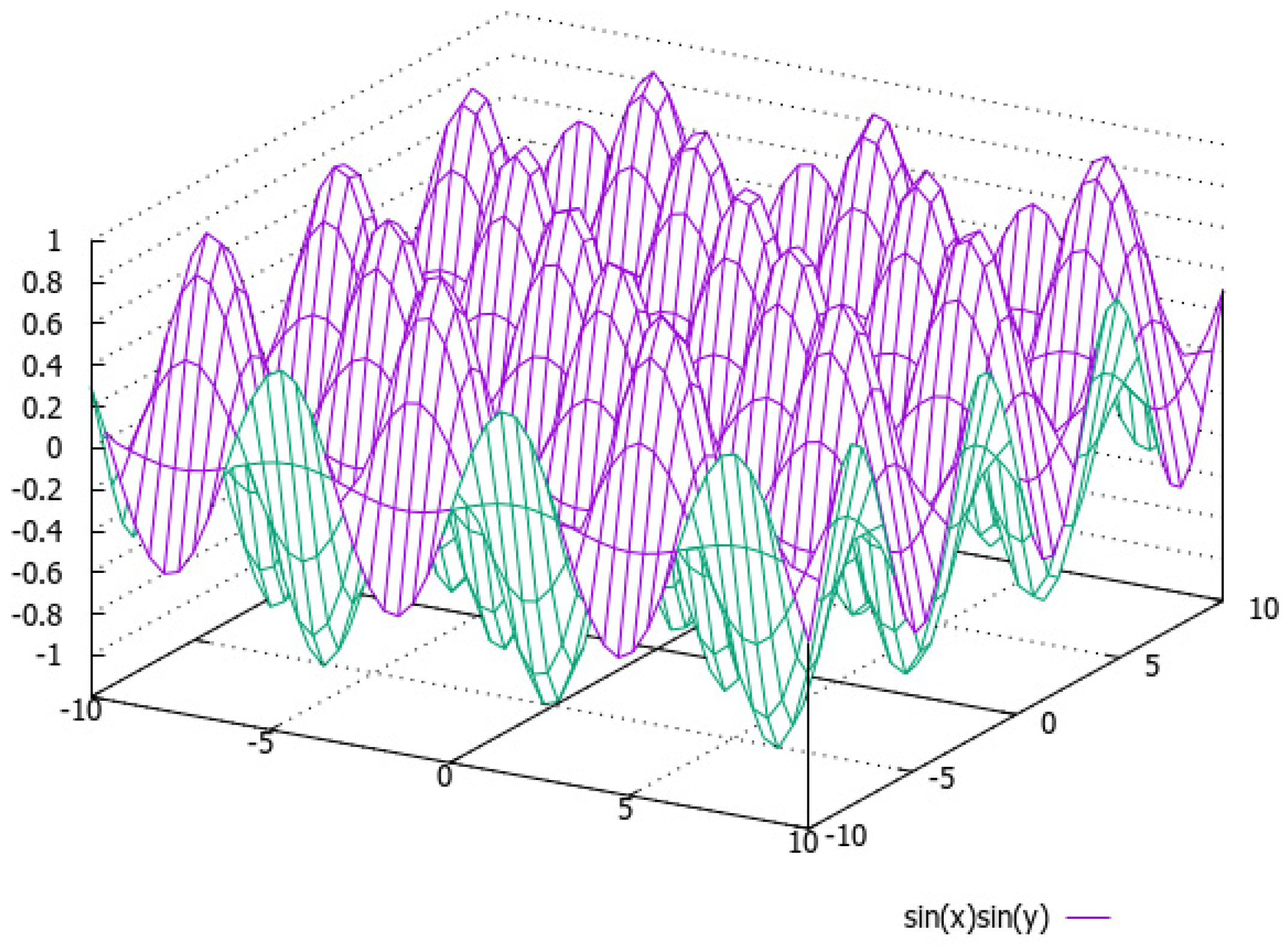
Disclaimer/Publisher’s Note: The statements, opinions and data contained in all publications are solely those of the individual author(s) and contributor(s) and not of MDPI and/or the editor(s). MDPI and/or the editor(s) disclaim responsibility for any injury to people or property resulting from any ideas, methods, instructions or products referred to in the content. |
© 2024 by the authors. Licensee MDPI, Basel, Switzerland. This article is an open access article distributed under the terms and conditions of the Creative Commons Attribution (CC BY) license (https://creativecommons.org/licenses/by/4.0/).
Share and Cite
Ershkov, S.V.; Leshchenko, D.D. Non-Newtonian Pressure-Governed Rivulet Flows on Inclined Surface. Mathematics 2024, 12, 779. https://doi.org/10.3390/math12050779
Ershkov SV, Leshchenko DD. Non-Newtonian Pressure-Governed Rivulet Flows on Inclined Surface. Mathematics. 2024; 12(5):779. https://doi.org/10.3390/math12050779
Chicago/Turabian StyleErshkov, Sergey V., and Dmytro D. Leshchenko. 2024. "Non-Newtonian Pressure-Governed Rivulet Flows on Inclined Surface" Mathematics 12, no. 5: 779. https://doi.org/10.3390/math12050779





